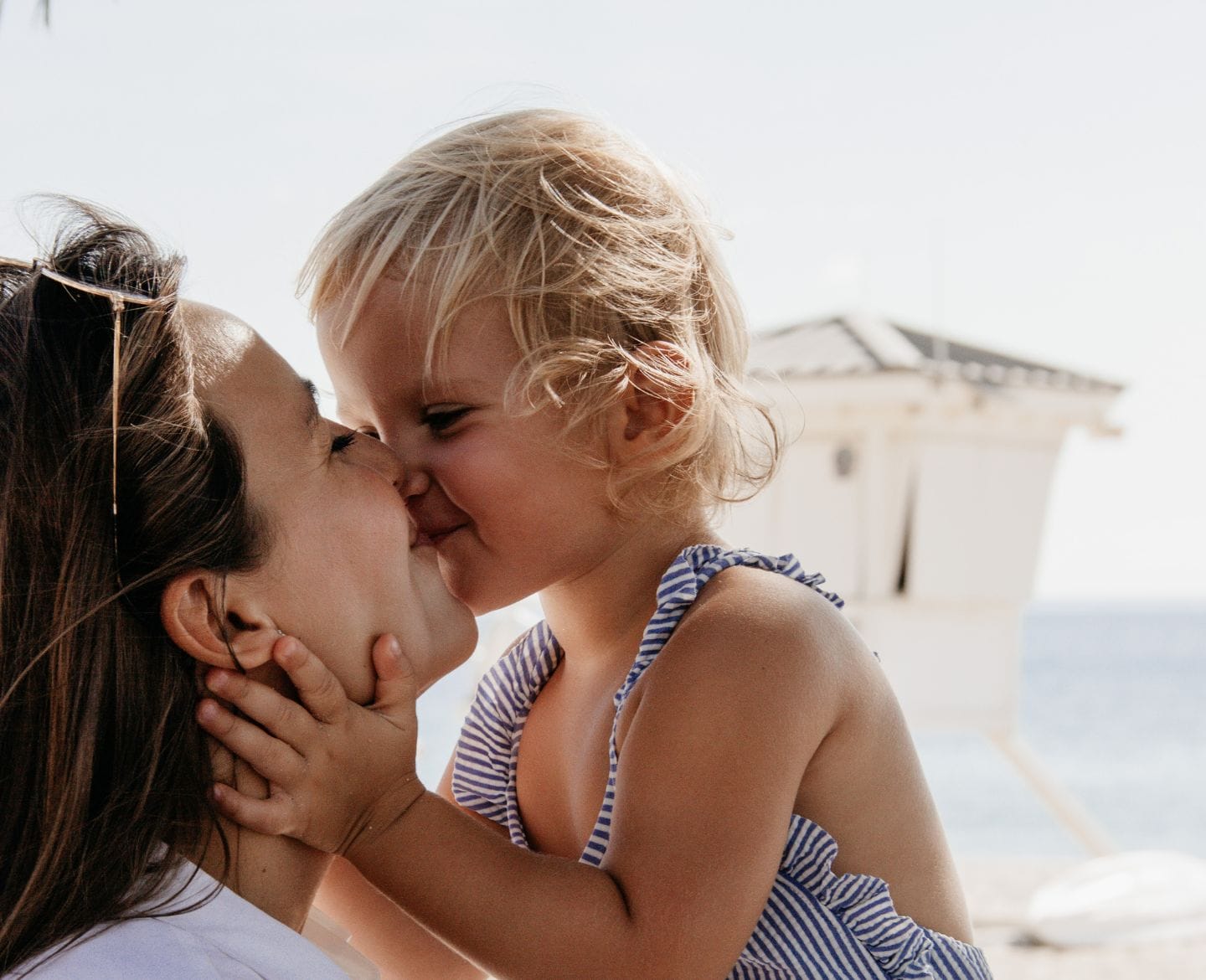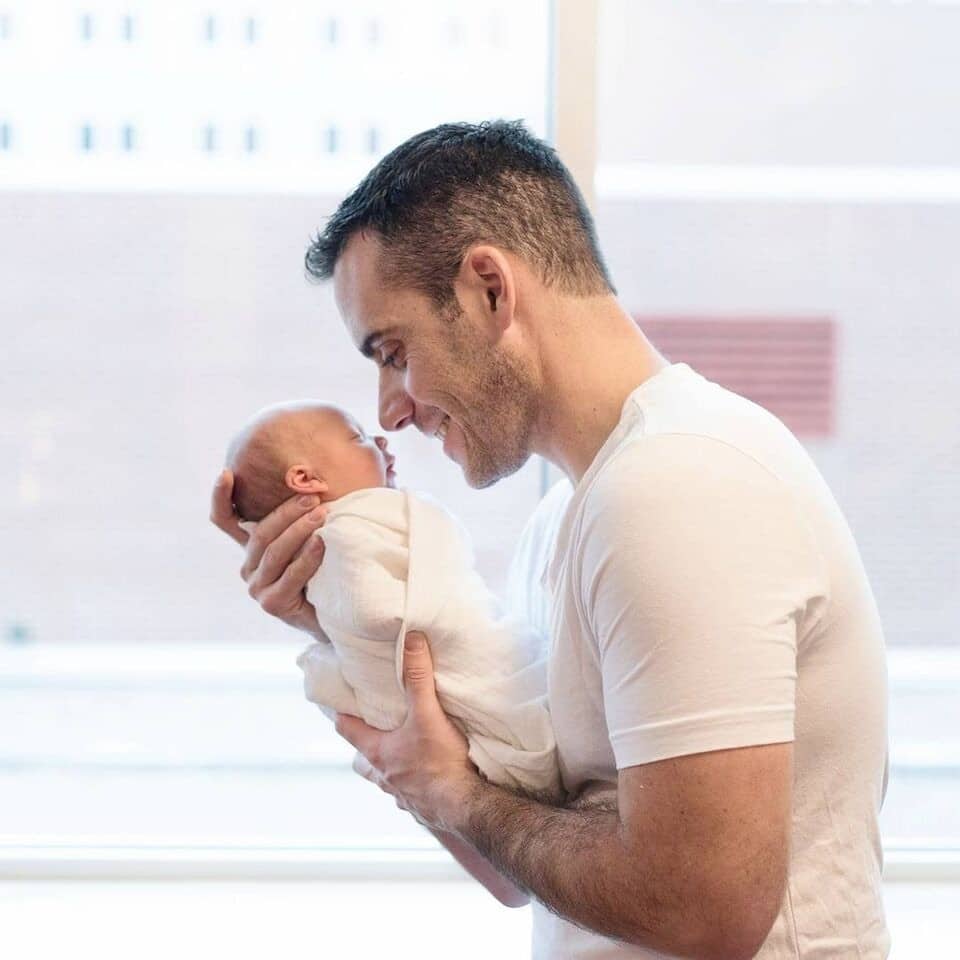‘Follow the child’: How a Montessori mantra changed my motherhood

Julia Kuzenkov/Pexels
“It is the child’s way of learning. This is the path he follows. He learned everything without knowing he is learning it...treading always in the paths of joy and love.” — Maria Montessori
This month marks a decade since I first became a mom—the ultimate identity shift that in the years since has changed everything about me, mostly for the better.
Like many new moms, I was obsessed with doing it “right.” I only wanted “the best” for my son. I ensured that everything that I was doing was leading to his “optimal development.”
I bought specialty food that promised to grow my baby’s brain.
Related: What are the best activities to boost baby’s brain development?
I narrated my day—MY ENTIRE DAY—because I read that creating a language-rich environment would help him in school down the line.
I took him to mommy & me music classes, toddler gym classes and I took parenting classes. I consumed ALL THE INFORMATION (heck, I even started Motherly), in an attempt to do everything I could to help my child.
He deserved the world, so I wanted to bring the best that I and the world had to offer—to him.

But five years ago, which was also five years into motherhood for me, I learned about Montessori and in the years since, my entire perspective on being a parent has changed.
I had three small kids by that time and was busy every day growing my business. My husband traveled for work which left me managing the homefront (alongside our childcare providers) five days a week. Instead of creating a language-rich environment, with what little free time I had I tried to get my toddlers to play nicely with each other so I could enjoy some peace and quiet.
My ability to keep up with the cultural norms of always-on, always-stimulating-my-kid, proactive parenting started to burn out and give way.
And as I sat back one day while my kids played, I picked up a book by Simone Davies called “The Montessori Toddler,” which introduced some of the Montessori concepts to me for the first time, and became the pathway to me seeing my motherhood in a whole new light.
In the book, I learned what it meant to “follow the child”
“It is the child’s way of learning. This is the path he follows. He learned everything without knowing he is learning it . . . treading always in the paths of joy and love.” —Maria Montessori
As Davies writes, “We have already talked about how important it is to let the child lead, to not interrupt when the child is focusing deeply on something (as much as possible, at least) and to follow their interests. But I don’t think it can be repeated too many times. This is the root of the Montessori approach.”
“Following the child” refers to a simple but still-revolutionary concept popularized by Italian physician and education innovator Dr. Maria Montessori. It means that our job as parents is to quietly observe our children in their natural desires, instincts and preferences. It means noticing if our kids are happy or sad, receptive or hostile, filled with energy or in need of a break. And once we’ve noticed and wondered, we are then able to introduce questions, concepts, and requests that are more likely to be met with openness. It means not approaching to our kids (at least most of the time) with an aggressive agenda; instead choosing to cultivate their innature interests, independence and craving for connection.
The importance of “following the child” was driven home for me that same week I was reading Davis, when I watched a small video was recorded of me with my toddler. In the clip, I watched myself pester my daughter with constant questions—demands, really. I asked her to correctly recite the color of a ball, asked if she could point out objects in the room and drew her attention away from an activity that was clearly interesting to her in favor of my own agenda. In the video, my daughter was trying to play with a shadow being cast into our room. Instead of following her interest in the shadow, I attempted to ask her a boatload of questions, taking her out of flow and not seeing the beautiful moment right in front of me. She was interested in the shadow. I was interested in my agenda.
Related: It’s OK for your child to play alone
Watching my parent-driven approach up close, contrasted with the “follow the child” strategy, really turned my motherhood upside down.
I started stepping back, noticing more and making fewer unjustifiable requests of my kids.
And then the magic really started to happen.
I would wait until my child was done with an activity before lobbing a request their way.
I would ask for their input on small decisions and follow their lead on what they’d like to eat, wear or do.
I would allow them to finish a show, a round of a game or a conversation with a friend before demanding they turn off a device.
Related: When should you start letting your kids make decisions? Now
I would think to ask my kids first before I signed them up for an activity, or switched their schools, or changed their summer plans.
I would presume less and collaborate more, which has led to some fun and unexpected ways we have partnered on planning family vacations and other activities.
I would seek opportunities to cultivate their independence—from asking them to pack their own bags on a trip, or have them help cook dinner, or let them lead.
Following the child has led to fewer fights—since I am looking for opportunities to find my kids in more receptive moods.
Related: This is who I hope my children become despite our complicated world
Following the child took the pressure off of me and allowed me to notice and honor my kids and each of their own preferences. It is less outcome-driven and more process-focused, and it’s freed me from so much parenting pressure I didn’t even realize I was under. It made me less the director of their childhood and more of a coach walking alongside their blossoming lives. It means imagining their futures with them, instead of for them.
As I started making space for my kids to more frequently lead, I noticed myself relaxing into motherhood more, sinking into the pleasure of delighting in my kids as they are instead of pushing them to hit milestones sooner, or achieve some goal, or fulfill my narrow idea of who they “should” be. I felt less obligated to push them and demand things of them, and more able to partner with them in mutual respect.
Related: This is what moms of older kids mean when we say: ‘You’ll miss these days’
To be very clear, “following the child” does not mean that kids get to do whatever they want. I (and the Montessori method) absolutely believe that healthy parenthood also means modeling boundaries, limits and mutual respect. Instead, I see “following the child” as offering my kids the same respect for their needs and preferences that I want for mine.
And following the child has also challenged me in new ways: for example when my son desperately wanted to play a sport that would take up a lot of weekend time. For now, we decided to honor his request to play, even though that may not always be possible given future limits on our time.
More than anything, the mantra of “follow the child” has taken an enormous weight off of my shoulders.
Related: I couldn’t find a parenting style that defined me—so I gave up and came up with this one
Yes, I’m a mom, but I don’t have to have all the answers. Following the child has reminded me to be present in the moment in a radical way—and it’s made a joyful motherhood possible for me after years spent worrying and controlling and demanding that things go a certain way.
Following the child can be a gift for our kids—but it’s been in equal measure a blessing for me as a mom.
Our children are brilliant scientists, little sages and capable of far more than we imagine.
All I had to do was sit back.





































